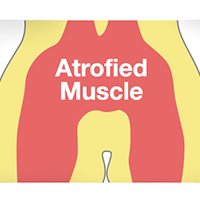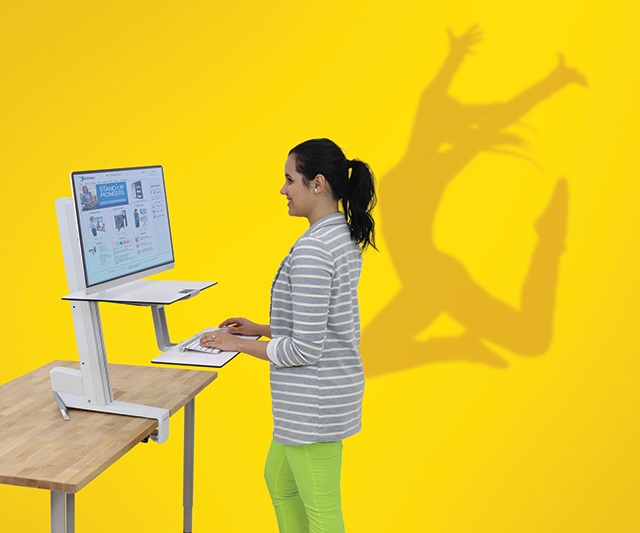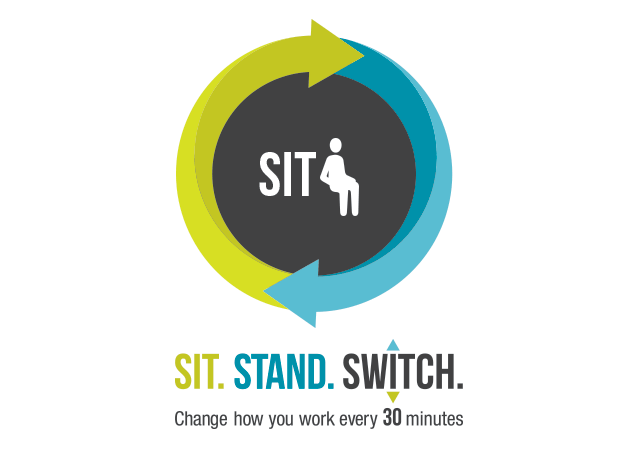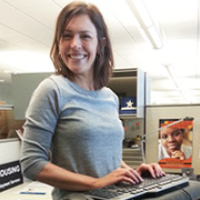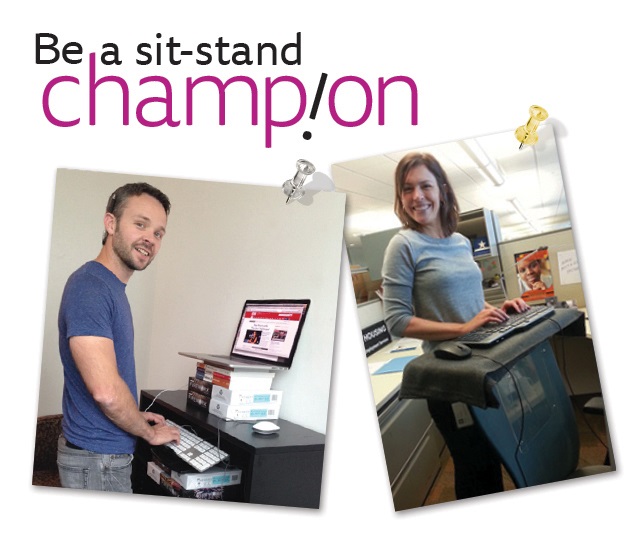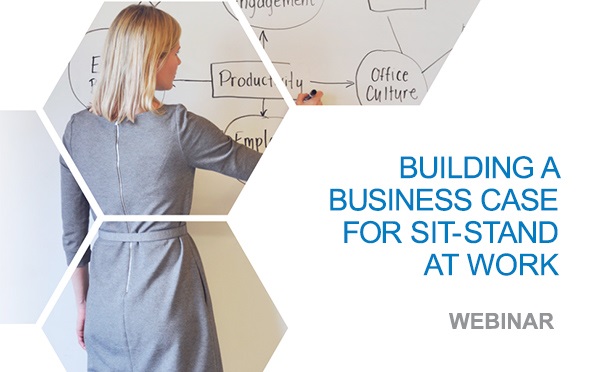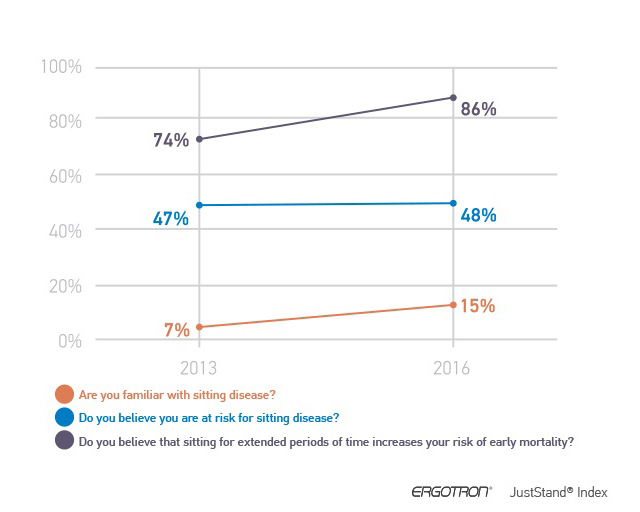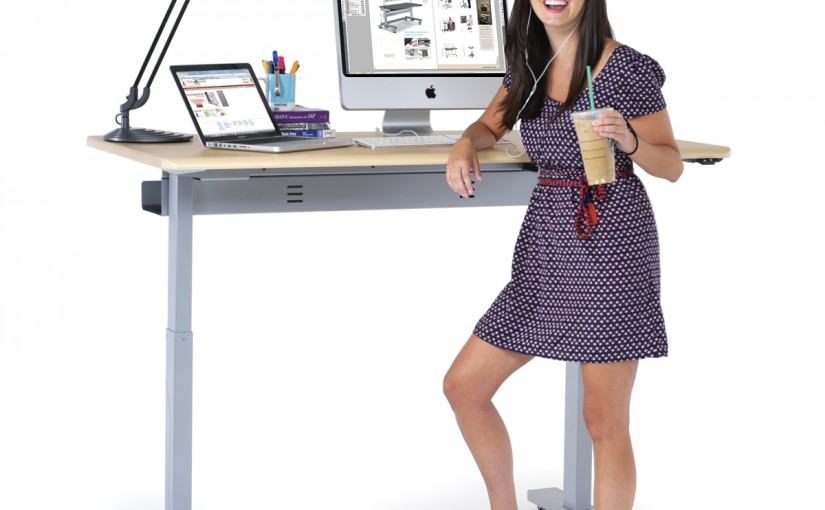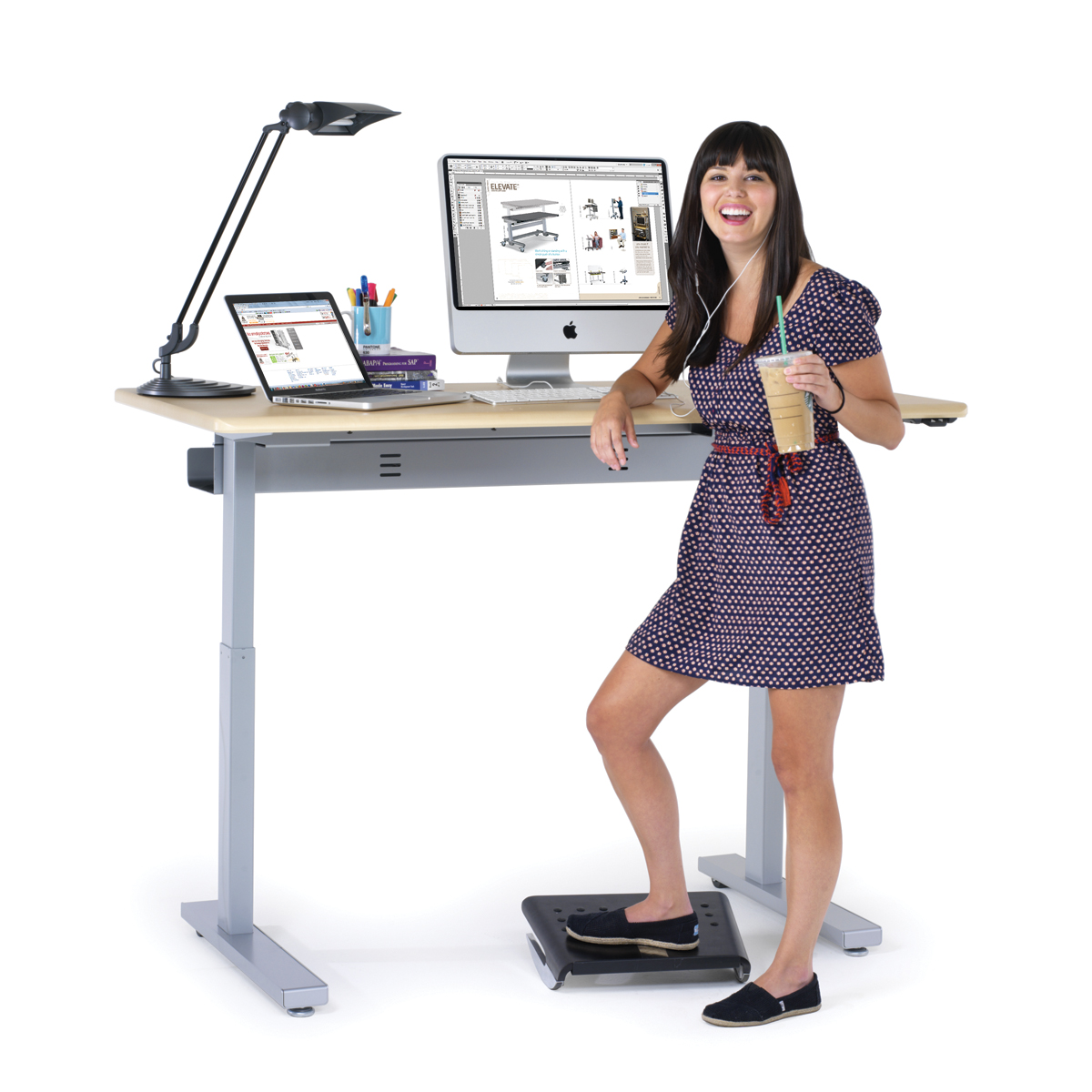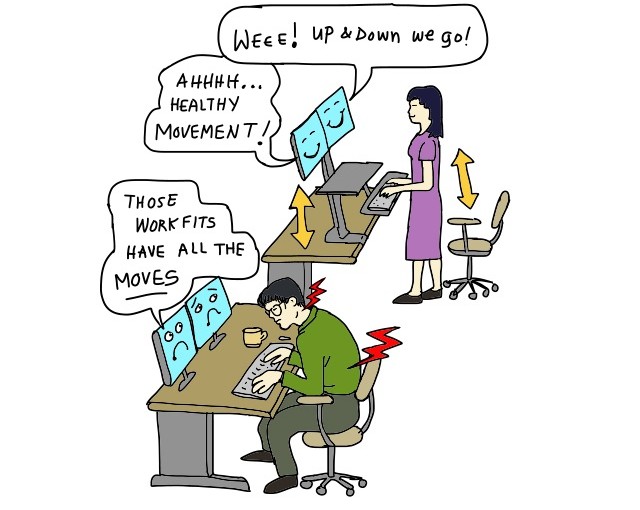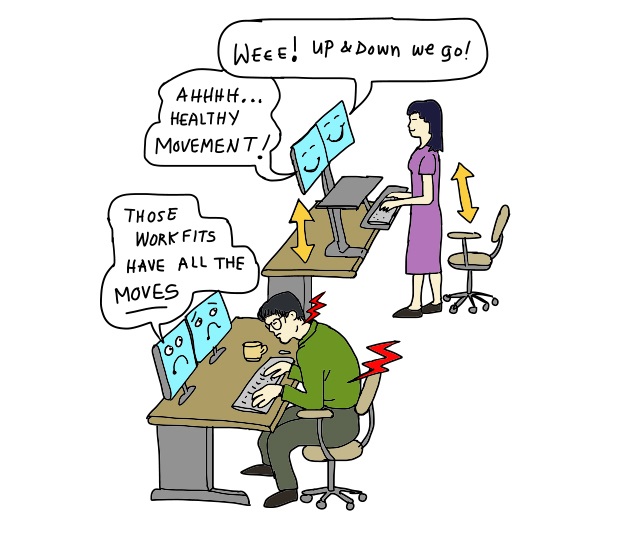
 Q: What is your reaction to reports that there isn’t good evidence supporting the use of sit-stand desks to reduce sitting time in the workplace? – Melissa G., Project Manager
Q: What is your reaction to reports that there isn’t good evidence supporting the use of sit-stand desks to reduce sitting time in the workplace? – Melissa G., Project Manager
A: Hi Melissa. I think you may be referring to media buzz concerning the recently published Cochrane review of 20 sit-stand studies. While the authors of this review no doubt meant to supply an objective analysis by which to guide readers, the unfortunate truth is that it has left some employers and workers feeling confused and alarmed by casting doubt on the health benefits of sit-stand interventions in general.
Several pilot investigations have been published indicating that sit-stand desks are both effective and feasible at reducing sitting time (research.juststand.org). And yet the scientific evidence reviewed in this meta-analysis was deemed “uncertain.”
“Based on what we know at the moment, the health benefits of standing at work are not very clear,” says Jos Verbeek, study author and health researcher at the Finnish Institute of Occupational Health. Indeed, one might suspect that sit-stand desks were meant to substitute the standing posture for sitting, but that is not the case. If one thing has become more obvious in our own research at Ergotron, it is that no single posture should be recommended as the one and only correct posture.
While a strict dose/response ratio is still up to debate, we feel that a postural rotation of 30 minute intervals is both safe and effective. In this case, the goal is not to prove that standing at work is more beneficial than sitting, but that any static posture is to be avoided.
Further, the review concludes that evidence for the health benefits of standing desks is limited, mainly because only a few large, ongoing studies have been conducted, and more rigorous study is needed. While I support the call for further high-quality research (after all who wouldn’t?), I would hasten to point out that the data already collected is not wholly without value. In fact, it demonstrates a responsible approach on the part of investigators who use small-scale pilot studies to pave the way for larger, long-term projects.
High caliber longitudinal studies require planning time, dependable funding source(s), and still more time for proper analysis – and all that before publication. All things considered, sedentary behavior research is in its early days as compared to similar research on say, interventions to eradicate tobacco use. Then too, the reviewers in question seem to have underestimated the impact that reductions in sitting time can have on an individual’s health. Consider the results of one study which show that the likelihood of dying from heart disease rises 14% for every hour spent sitting. According to lead researcher, Dr. Katherine Kulinski, “reducing daily sitting time by even 1 or 2 hours could have a significant and positive impact on future cardiovascular health, and this really should be investigated in future studies,” said
Ergotron continues to support global researchers as they study the effects of sedentary behavior on metabolic syndrome, cardiovascular health, Type II diabetes prevention and so on. It is an exciting time in this research and there is so much more to be learned.
As companies begin to embrace a culture of movement, these reductions, coupled with other activities, like standing or walking meetings, begin to paint a brighter outlook for all.
To avoid established research being taken out of context, it is good to remember the goals of these studies, which often are centered on both reducing sedentary time and studying cumulative impact on health through standing desk use.
For details, read the full review on the Cochrane Library or listen to a short podcast about updates since publication, or visit our research library on the site (research.juststand.org) for a broader view.
With any behavioral change, modest increases in standing are to be applauded. Employees may not need to stand for hours over the course of the day to enjoy benefits. For instance, a recent study conducted by researchers at Texas A&M showed that an average decrease of 1.5 hours in workplace sedentariness correlated to impressive gains in employee performance and business results.
With a sit-stand desk, standing and staying active doesn’t have to hamper productivity. Employees can fidget, shift, take a few steps, stretch – without getting distracted from work or having to go outside the office to work out.
Keep moving!
 Carrie Schmitz, Ergotron Senior Manager,
Carrie Schmitz, Ergotron Senior Manager,
Human Factors and Ergonomics Research,
@giveafig

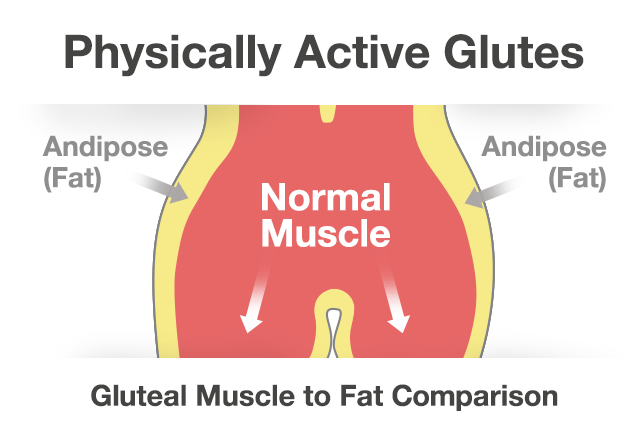 Have you heard about something the media is calling “dormant butt syndrome”? (AKA “gluteal amnesia” or “pancake tush” or “secretarial spread.”) These funny names refer to a serious condition characterized by tight hip flexors and weak gluteal muscles, as a result of sitting for prolonged periods.
Have you heard about something the media is calling “dormant butt syndrome”? (AKA “gluteal amnesia” or “pancake tush” or “secretarial spread.”) These funny names refer to a serious condition characterized by tight hip flexors and weak gluteal muscles, as a result of sitting for prolonged periods.
